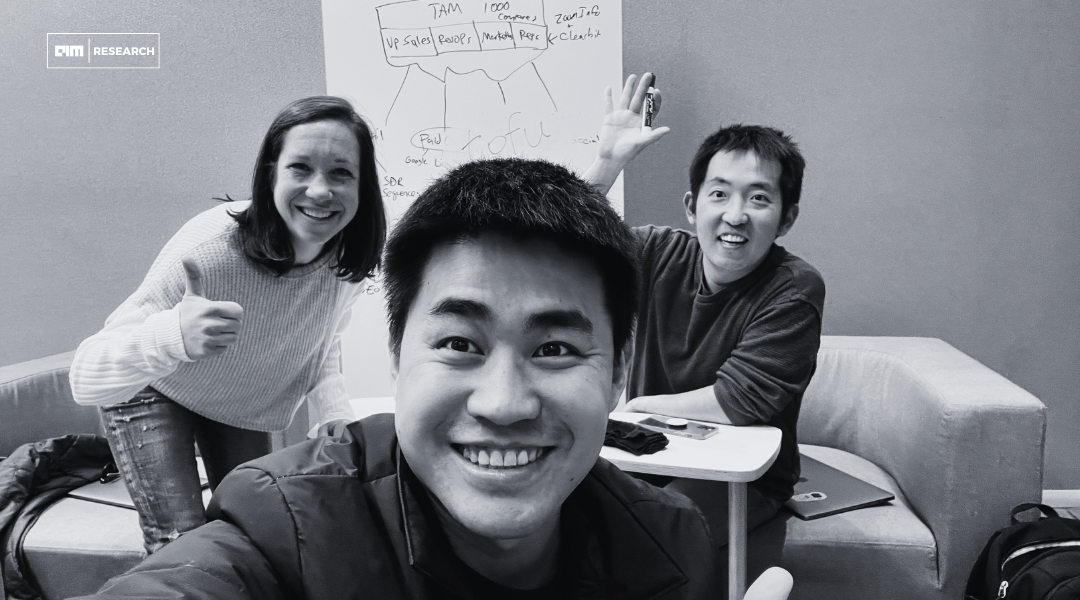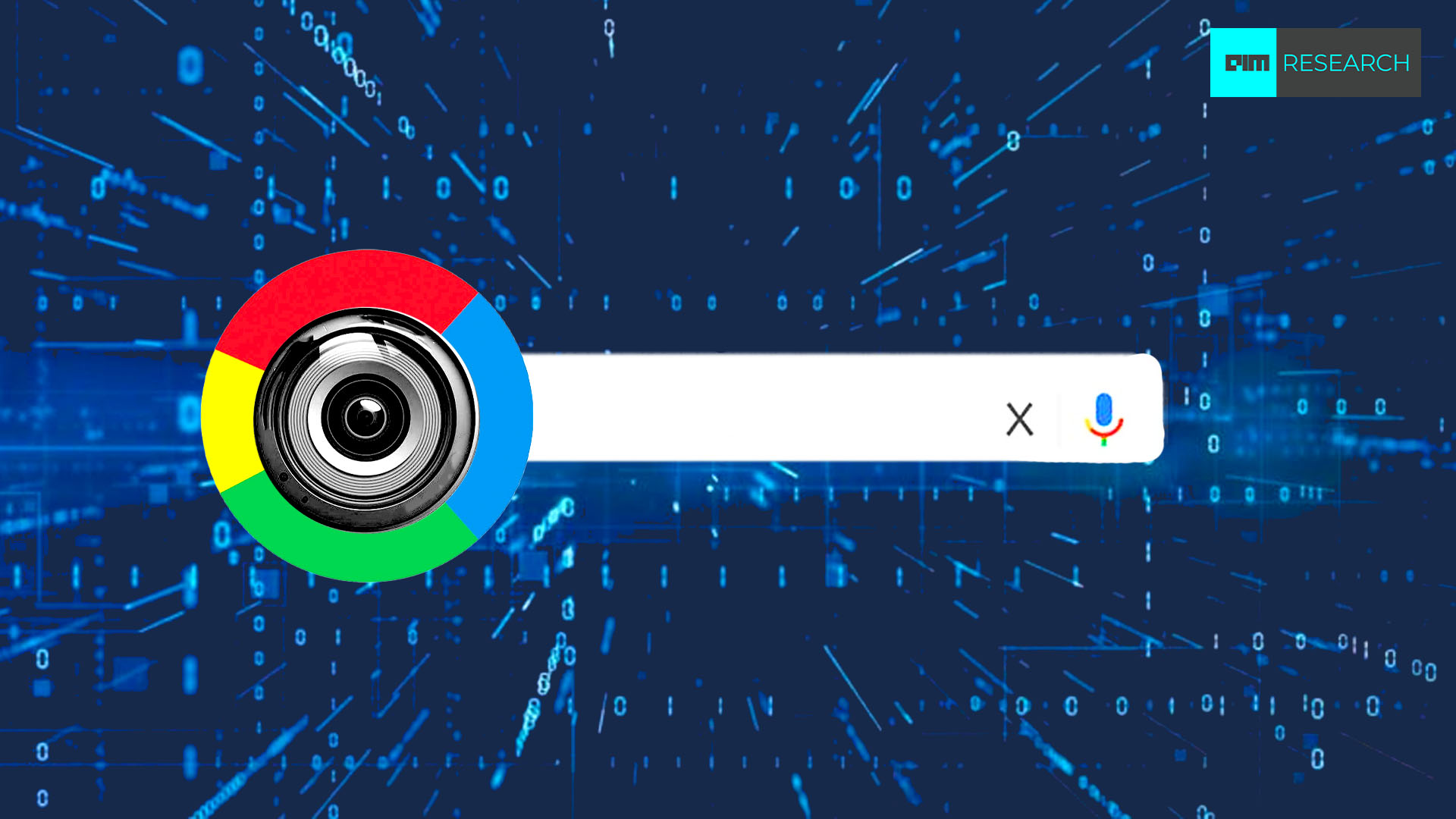
2022 has gone by. All endings not only pave the way for new beginnings but also give an opportunity to look back. In retrospect, we see that the year was marked by the rising popularity of several text-to-image generators like Dall-E 2, Midjourney, Stable Diffusion, widening use cases of Metaverse, US–China chip war, tech sector […]

2022 has gone by. All endings not only pave the way for new beginnings but also give an opportunity to look back. In retrospect, we see that the year was marked by the rising popularity of several text-to-image generators like Dall-E 2, Midjourney, Stable Diffusion, widening use cases of Metaverse, US–China chip war, tech sector layoffs, crypto volatility and much more. In this article, we gauge the buzz created by different innovations in tech to engage the community’s curiosity.










📣 Want to advertise in AIM Research? Book here >

Cypher 2024
21-22 Nov 2024, Santa Clara Convention Center, CA
A Vendor Briefing is a research tool for our industry analysts, and an opportunity for a vendor to present its products, services and business strategies to analysts who cover the vendor specifically or a related technology or market.
AIM Research encourages technology vendors and agencies to brief our team for PeMa Quadrants, when introducing a new product, changing a business model, or forming a partnership, merger, or acquisition.


